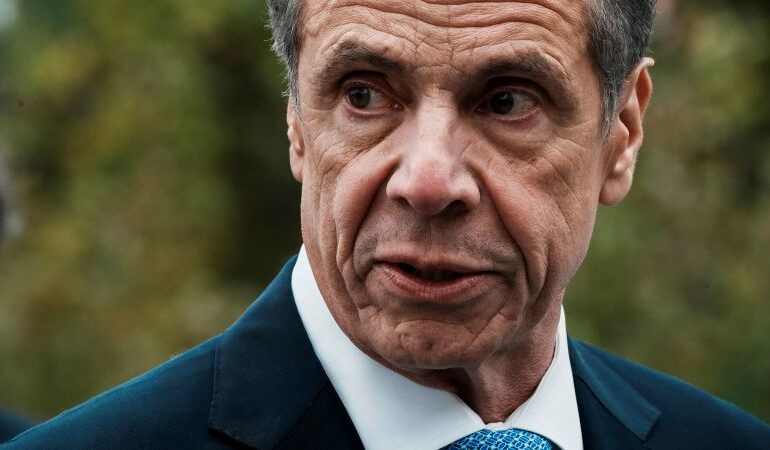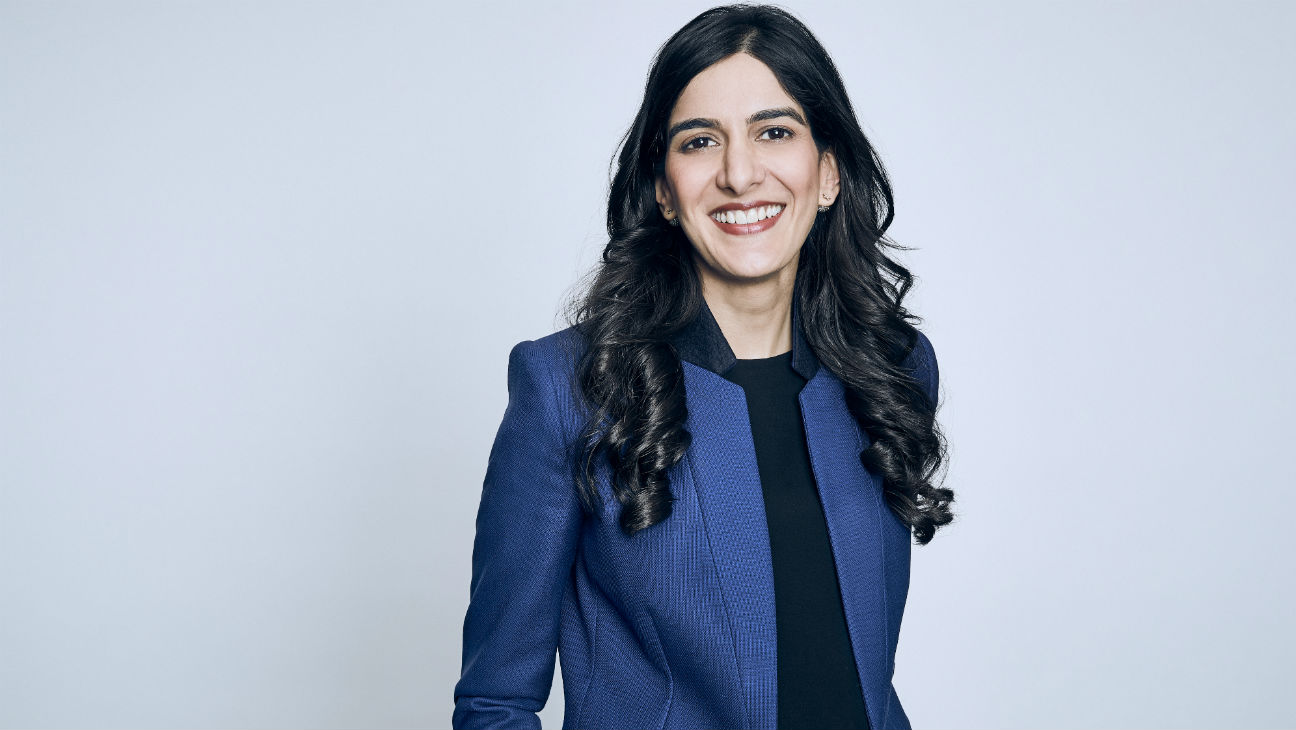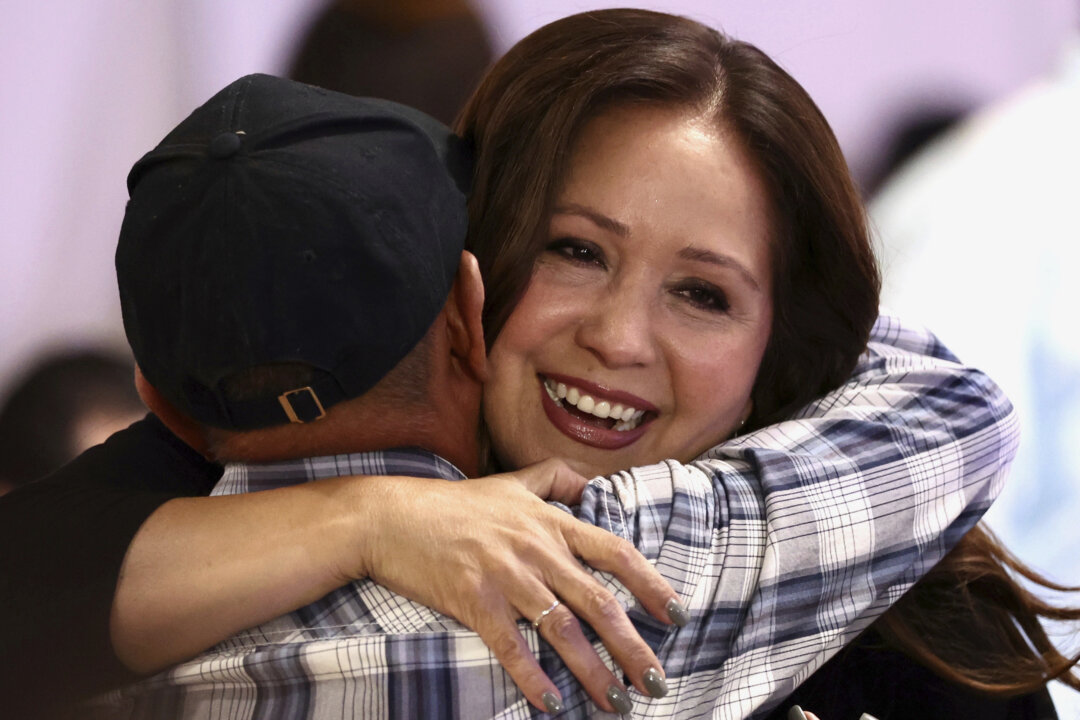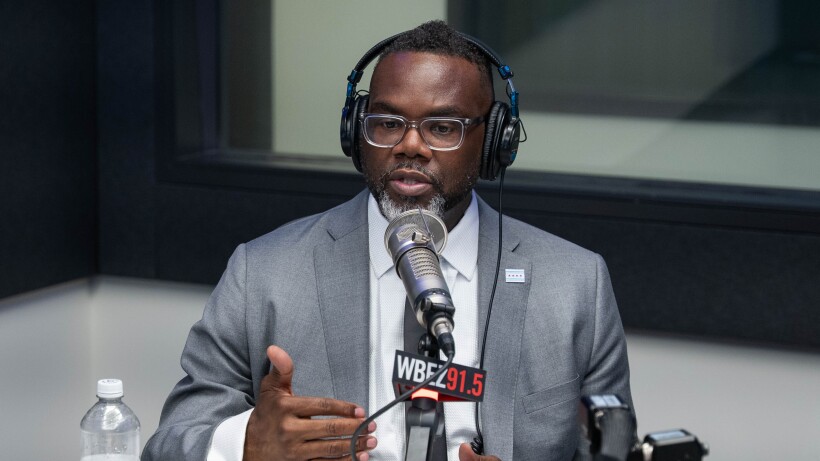Andrew Cuomo’s Mayoral Bid: A Campaign of Contrasts and Challenges

As the campaign for the New York City mayoralty heads into its final days, Andrew Cuomo finds himself navigating a fluctuating landscape of hope and despair. Following a surprising loss in the Democratic primary earlier this year, Cuomo has relaunched his campaign, proclaiming a commitment to winning. Standing on a tree-lined sidewalk in July, he acknowledged the need to leverage social media and address voters’ concerns regarding affordability.
Cuomo’s campaign has been marked by a mixed tone, oscillating between optimism about his chances and concerns over the rising popularity of his opponent, Zohran Mamdani. Cuomo has framed his candidacy as a crucial opportunity for New Yorkers to avert what he describes as the dangers of Mamdani’s “democratic socialism.” He has frequently referred to Mamdani, a 34-year-old State Assembly member, as a “kid,” warning voters that his ideas are radical and unrealistic.
In his final advertisements, Cuomo emphasizes his executive experience, stating, “Life in New York is tough right now. Candidates who need on-the-job training can’t fix it.” The urgency of the race has been underscored by significant early voting turnout, which has increased dramatically compared to the same time in 2021, reflecting heightened interest in this mayoral contest.
Polls indicate that Mamdani is leading the race. According to the latest data from Quinnipiac University, 43% of likely voters support Mamdani, while Cuomo stands at 33% and Republican candidate Curtis Sliwa has 14%. A new Marist Poll shows Mamdani with even greater support at 48%, compared to Cuomo’s 32% and Sliwa’s 18%. While Cuomo has made modest gains, rising from the mid-20s in earlier polls to the low-30s, he still trails Mamdani significantly.
Cuomo’s campaign team has pointed to the surge in early voting as a sign that his position may not be as dire as it seems. He commented, “We’ve been focusing on it, but people have been living their lives. Now, in the last week, they’re starting to pay attention.” Cuomo believes that many New Yorkers are concerned about Mamdani’s policies, suggesting that they may drive higher turnout among voters who share his apprehensions.
While Mamdani’s supporters exhibit higher enthusiasm, a recent Quinnipiac poll revealed a slight uptick in unfavorable views towards him, with 45% favorable compared to 41% unfavorable. Conversely, Cuomo faces greater challenges, with 54% of New Yorkers viewing him unfavorably, while only 34% support him.
In a surprising turn, Cuomo’s comments during the final stretch of the campaign have drawn criticism. He faced backlash after joking with a radio host about Mamdani’s potential reaction to another 9/11 event, leading to accusations of playing into Islamophobia. This incident has prompted astonishment among former supporters and political observers alike.
Cuomo has attempted to reshape his legacy throughout the campaign, emphasizing his role as a progressive leader during his time as governor. He has pointed to achievements such as legalizing same-sex marriage and raising the minimum wage, asserting, “I was a crazy liberal. Now, the party’s moved so far left, they call me a moderate.”
Despite resigning in 2021 amid allegations of sexual harassment and scrutiny over his handling of COVID-19 in nursing homes, Cuomo secured an endorsement from US Representative Tom Suozzi. Suozzi criticized Mamdani’s qualifications, stating, “I cannot back a declared socialist with a thin resume to run the most complex city in America.”
Cuomo’s campaign has also adopted a more modern approach, utilizing social media to engage voters. Although he initially dismissed its importance, he has begun to emulate Mamdani’s style, posting videos that showcase his interactions with New Yorkers. This tactic was evident at recent campaign events where Cuomo’s messaging was designed to resonate with younger voters.
As the campaign concludes, Cuomo remains focused on public safety and crime, arguing that Mamdani’s proposed police reforms could lead to increased crime rates and demoralized officers. He has advocated for hiring more police officers and addressing homelessness as part of his strategy to address public concerns.
With the anniversary of Hurricane Sandy serving as a poignant reminder of past challenges, Cuomo has reiterated the necessity of experience in leading the city. “You need the ability and wisdom to know what to do because literally lives depend on you,” he stated, emphasizing the stakes involved in this mayoral race.
As New Yorkers prepare to cast their votes in the upcoming election, the dynamics of this contest illustrate the complexities and competing narratives that define the city’s political landscape.






